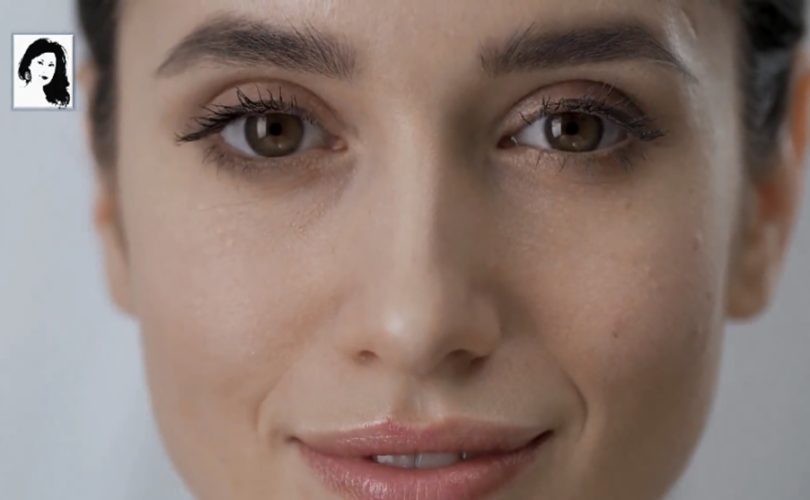The skin of the eyelids and in general the area around the eyes is very important in the appearance and expression of the person. Whether due to hereditary reasons or due to age, sagging skin and bags give the patient a tired, sad and aged expression.
Plastic surgery comes to face this problem with the blepharoplasty operation.
Sagging may be evident only on the upper eyelids with a “hood” appearance, or on the lower eyelids with a bag appearance. Essentially, blepharoplasty comes to remove excess skin and fat from the area, giving a youthful and rested look. Most commonly, the patients who need this operation are around 40, although we often see the problem at younger ages as well.
Pre-operatively, the doctor will take a complete medical history and the necessary tests will be performed. Blepharoplasty surgery is performed under local anesthesia and anesthesia. The incision is made in the upper eyelid approximately in the middle, where it normally folds, and in the lower eyelid very close along the eyelashes. Both incisions are made in such a way that they are not visible afterwards.
After the excess skin and fat is removed, very thin sutures are placed which are removed after 5-7 days. If there is a drop in the outer corner of the eyelid, canthopexy may be needed, i.e. lifting the corner for a younger appearance of the area. The patient goes home the same day with instructions to rest and apply ice packs.
Immediately after surgery, there is swelling and bruising of varying degrees, which subside in 48-72 hours. The patient returns to his daily activities comfortably after 2-3 days and to his work very quickly. Problems that may occur during the operation are the collection of blood in the eyelid, easily and immediately treatable, and very rarely the creation of a hypertrophic scar in the outer corner of the eye. This is treated with some cortisone injections locally and goes away very quickly.
In general, the result of blepharoplasty is spectacular and lasts for at least 8-10 years giving a fresh and rested appearance to the patient.

